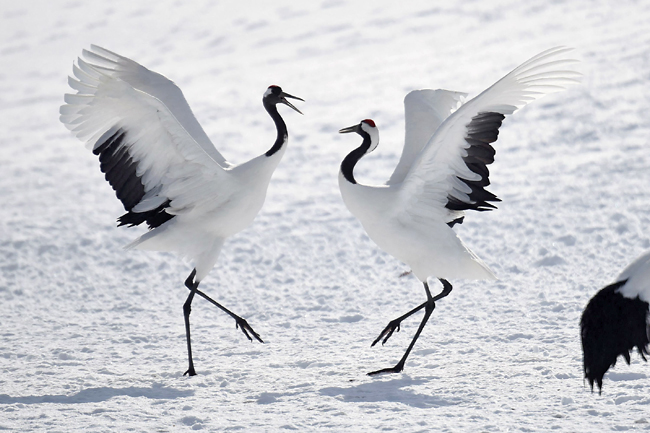ANN/THE KOREA HERALD – Near the heavily fortified border dividing North and South Korea, a long strip of land has remained untouched by human activity since 1954.
The southern section of this buffer zone, known as the Civilian Control Line, covers approximately one per cent of South Korea’s total land area and has evolved into a vital sanctuary for endangered wildlife.
Among the 282 endangered species found in South Korea, 108 thrive within this restricted region, including cranes. In January, nearly 2,600 red-crowned cranes and 10,000 white-naped cranes were observed along the inter-Korean border – representing 57 per cent and 71 per cent of their global populations, respectively.
Experts estimate there are approximately 4,500 red-crowned cranes and 14,000 white-naped cranes worldwide.
Cheorwon-gun in Gangwon Province, a key habitat within the zone spanning about 15,000 hectares, recorded sightings of approximately 1,500 red-crowned cranes and 7,200 white-naped cranes. These migratory birds are known for their sensitivity to human presence, making large-scale encounters rare outside protected areas.
Cranes breed in the wetlands along Russia’s Amur River, typically laying eggs in March or April. By October, they migrate to warmer regions, including Ganghwa, Paju, Yeoncheon, and Cheorwon in South Korea, as well as Japan.
While many previously continued to Izumi, Japan, recent observations indicate that an increasing number are now wintering in Korea before returning to Russia.






